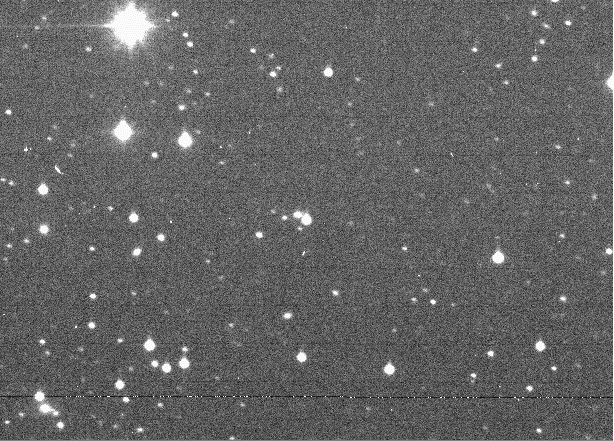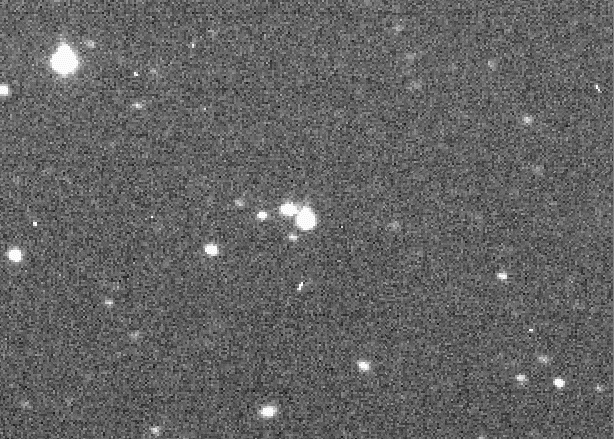First Automatic Discovery of a Near-Earth Asteroid by Software -- SPACEWATCH®, 1990 Sept. 25
Minor Planet (11885) was the first Near Earth Asteroid (NEA) to be found automatically by software. It must be noted that the innovations leading to this achievement have increased the rate of discovery of NEAs and PHAs (Potentially Hazardous Asteroids) and revolutionized the technology of NEA studies at observatories and NEA survey groups around the world. It is now time to observe the 20th anniversary of this discovery.
The discovery was made on Sept. 25, 1990 by SPACEWATCH®, at the SPACEWATCH® 0.9-meter telescope on Kitt Peak in Arizona. David Rabinowitz (now at Yale Univ.) wrote the automatic detection software, MODP (Moving Object Detection Program), and Jim Scotti was the observer at the time of the discovery, using MODP at the telescope.
SPACEWATCH® is the research group at the Lunar and Planetary Lab of The University of Arizona, in Tucson, AZ that was founded by Tom Gehrels and Bob McMillan in 1980 to be the first to use electronic detectors to discover NEAs and to explore the various populations of small objects in the solar system, including comets and distant objects. The group uses two telescopes on Kitt Peak, a 0.9-meter reflector and 1.8-m reflector during about 23 nights each month, centered upon New Moon. The Principal Investigator of SPACEWATCH® is now Robert S. McMillan.
The SPACEWATCH® project website is at:
https://spacewatch.LPL.Arizona.edu
The asteroid's diameter is estimated to be between 400 and 1200 meters, but the object does not get close enough to Earth's orbit to be hazardous.
The images shown here were made on Sept. 28, 1990, by Jim Scotti of SPACEWATCH®, at the 0.9-m telescope of Steward Observatory on Kitt Peak, operated by the SPACEWATCH® Project. Joe Montani of SPACEWATCH® assembled the image animations and the "triptych" panel of three successive still-frame images.
The NEA (11885) is near the center of the field, moving from left to right. The animations consist of three images, with a 30 minute time interval between successive exposures. The object was moving about 0.66 degrees per day among the stars (as a reference, the Moon appears about 0.5 degrees across and moves about 12 degrees per day).
In both animations, besides stars and asteroids, you will also see a few randomly placed specks of light created by cosmic rays or other natural radiations striking the CCD detector of the camera. These look like white specks of dust, not in the same place from one exposure to the next.
Credit and Copyright: Photos on this page courtesy of NASA and the University of Arizona.
(In all the images that follow, North is at the top, and East is to the left).

Fig. 1: The animation above shows (11885) 1990 SS in a relatively wide field. It is seen near the center of the frames, moving from left to right. There is also at least one other moving asteroid visible: can you find it? (HINT: it's at the upper left corner). That other asteroid is a "Main Belt" asteroid, further away and so slower-moving than the Apollo family NEA (11885). The NEA appears to be moving about three times faster than the main belt object.

Fig. 2: This second animation is a "zoomed" view of the Apollo NEA, (11885), from the same images taken by Jim Scotti on Sept. 28, 1990. In this zoomed animation, the NEA is probably the only moving object visible.

Fig 3: This is a still-frame "triptych" of the three (11885) 1990 SS images. Time progresses from left to right in the series, with 30 minutes between exposures.

